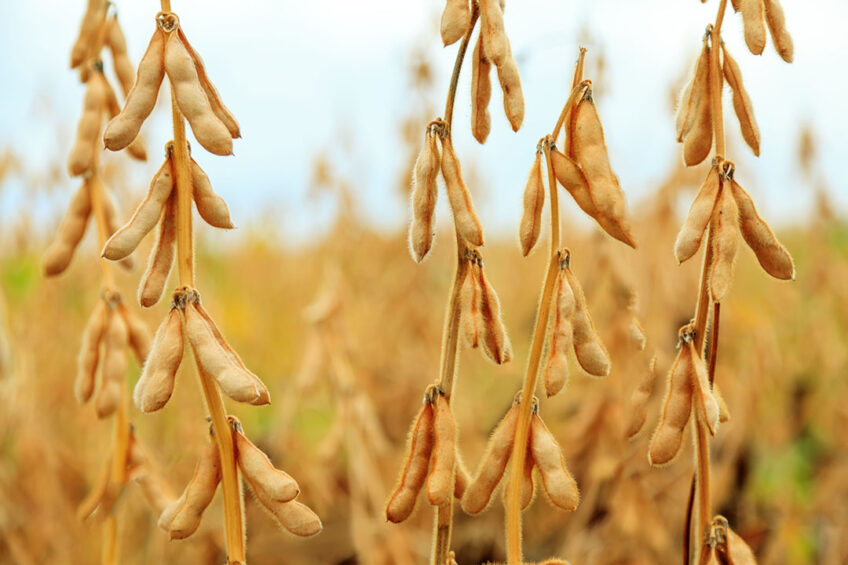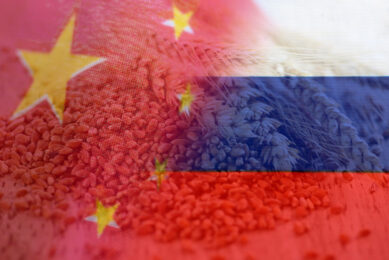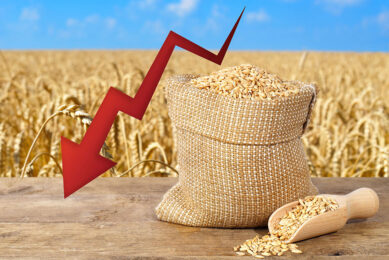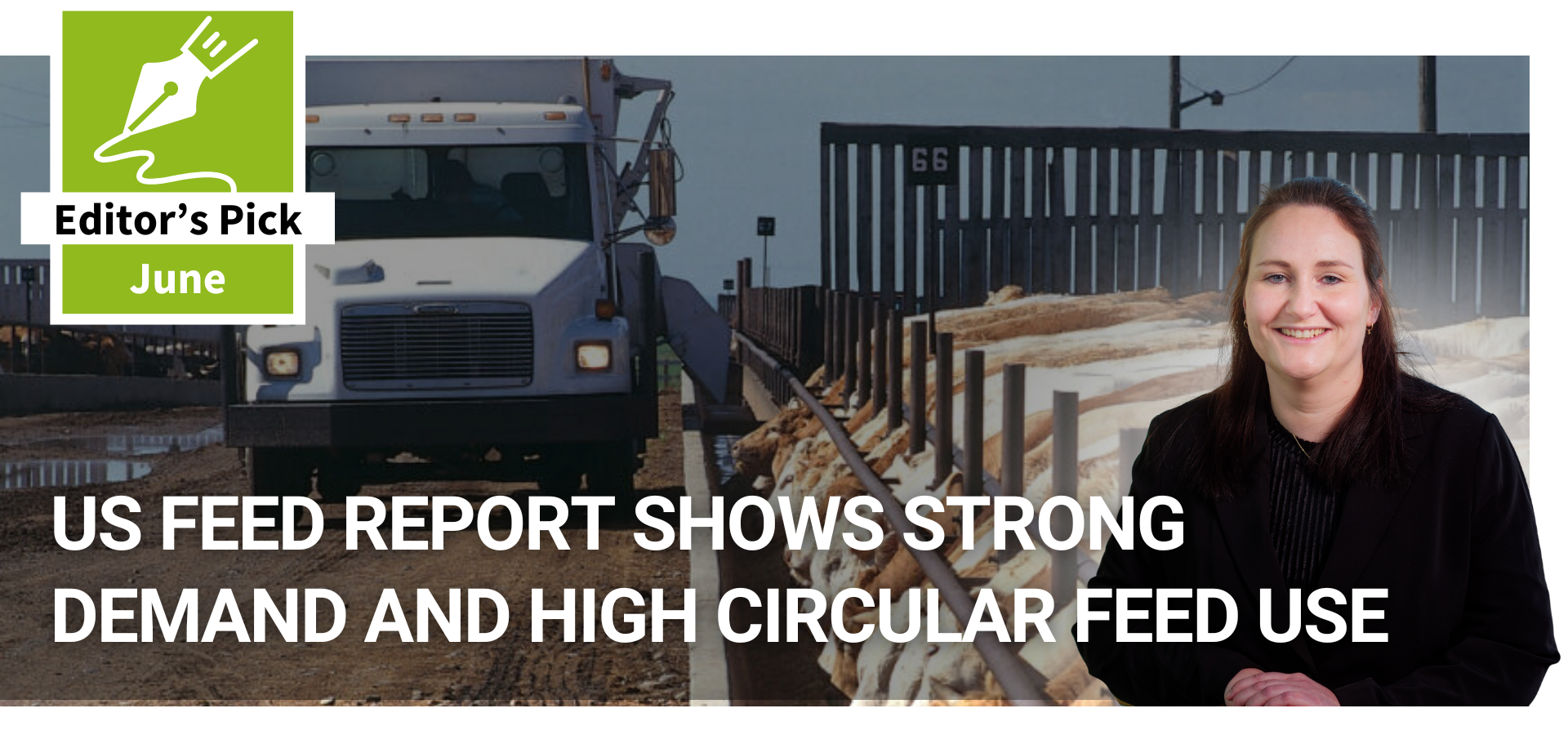Soybean price supported in the short term

The IGC price index, a measure of the price of soy beans in the world, stood at 274 points on Monday, September 10 (year 2000 = index 100). That is 9% lower than the price index was a year ago. Since the price dip at the end of May (246 points), the price index for soybeans has been at a higher level.
Short-term expectations
Dry conditions in the United States will push down soybean crop estimates. Progress reports on US soybean conditions have been worse than expected in recent weeks. The condition of soybeans is worse than in previous years. Partly because of this, soy prices are supported in the short term.
Long-term expectations
In the longer term, large harvests are expected in South American countries. Brazil will start sowing soybeans at the end of this month or early October. If those returns turn out well, it could put pressure on prices. On the other hand, dry weather is expected due to the El Niño weather phenomenon, which could affect harvests in much of Brazil.
On the international stage, demand from China for soybeans remains strong and that also stimulates prices. China imported 9.4 tons of soybeans in August. That is an increase of 31% compared to a year earlier. China has benefited from cheaper soybeans after Brazil’s record 2022-23 crop, which continues to be offered on the market.
For rapeseed, it is expected that prices will follow the soybean market in the short term. In the longer term, the market is well supplied.











